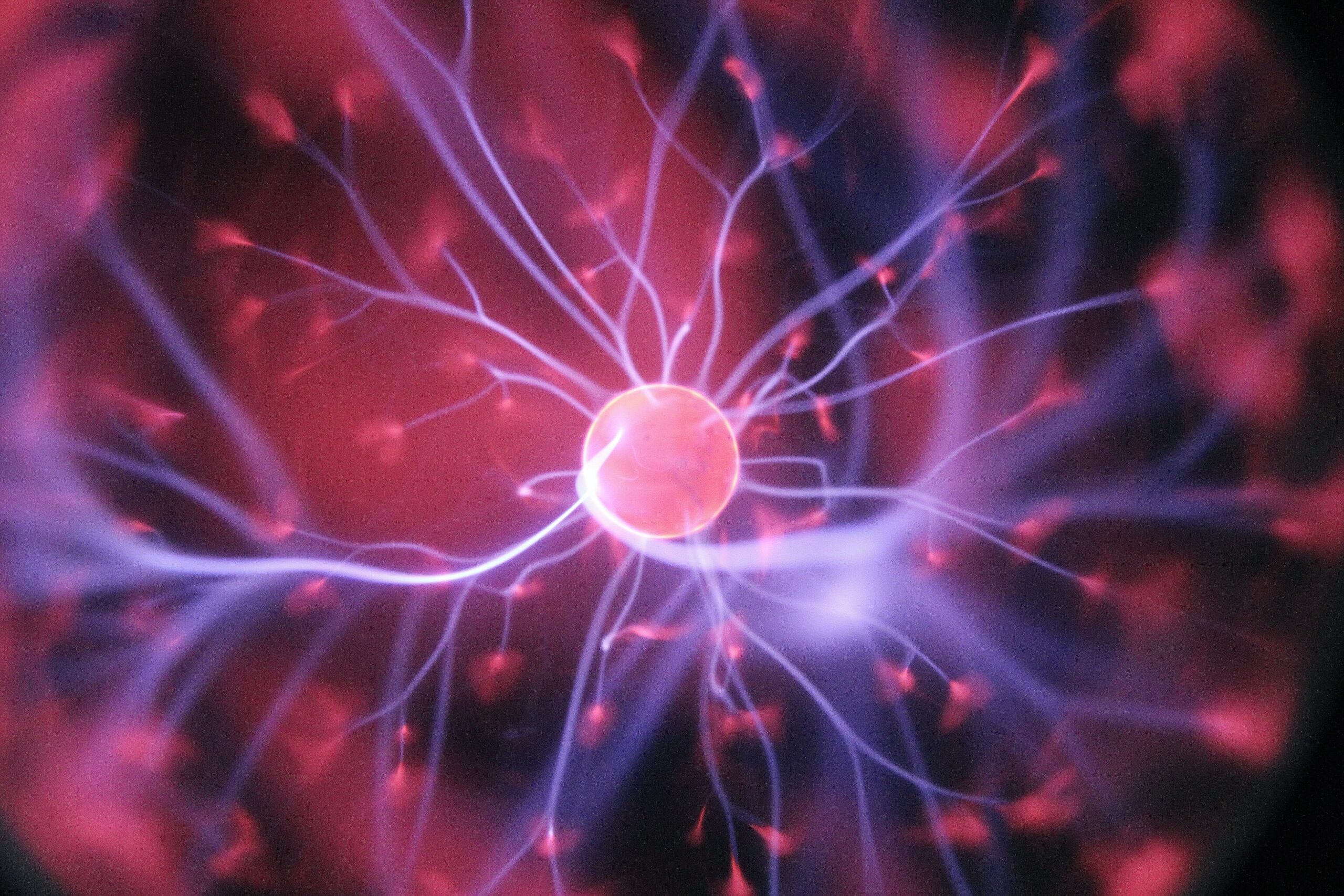Georgetown Professor Heads Study that Discovers a New Key to Unlocking Winding Spins

Professor Kai Liu
Nanoscale magnets are widely used for information storage and increasingly find more applications in nanoelectronics because they are efficient information carriers that do not require constant power feed. Energy consumption in such nanomagnets can be substantially lowered if their basic building blocks, called spins, are arranged in certain winding configurations.
An international team led by Kai Liu, professor and McDevitt Chair in the Department of Physics, has now discovered a new key that unlocks these winding spins, which can be used to improve energy efficiency in magnetic memory and logic devices.
Twisting the Spins
Spins in common magnets point in the same direction, but the unusual winding configurations, also known as chiral spin textures, possess special properties that protect the spin winding and conserve energy. In a recent article published in the journal Science Advances, Liu and his team found a way to manipulate the direction of the spins from their normal state so that the spins wind. They discovered that a fraction of a single layer of atomic oxygen adsorbed onto the surface of a magnetic film could change the topological character of that film.
When the oxygen atoms landed on the metal surface, they induced a local interaction between adjacent spins that favors a winding configuration with a preferred rotational sense, or handedness, therefore adding a topological character. This effect has allowed the team to control a whirling type of winding spin textures called magnetic skyrmions.
The team performed their study in a carefully designed platform under ultrahigh vacuum, and monitored the effect of oxygen coverage using a specialized magnetic imaging tool known as the spin-polarized low energy electron microscope (SPLEEM) at the National Center for Electron Microscopy of the Lawrence Berkeley National Laboratory.
The work was spearheaded by Dr. Gong Chen, first author of the paper and a project scientist in Liu’s group who was based at the University of California, Davis. The SPLEEM allowed the scientists to visualize the nanoscale arrangements of spins in the magnetic platform, particularly in domain walls which are the boundaries between two regions with different magnetization directions.

Oxygen-assisted chirality modification at room temperature. SPLEEM images of a magnetic bubble in perpendicularly magnetized Ni/Co/Pd/W(110) with increasing oxygen coverage, measured in monolayer (ML) thickness, showing a complete chirality transition from left-handed to achiral and to right-handed.
Credit: Gong Chen and Kai Liu
Usually, spin winding in such domain walls does not have a preferred handedness. There is an equal chance of finding left- and right-handed rotations along the domain walls.
“We were really surprised that once a sub-monolayer of atomic oxygen was introduced onto the surface of this magnetic film platform, it stabilized only the right-handed winding, which was the key feature of chiral domain walls,” Chen says.
The most common physical mechanism that makes this possible in thin film systems is a fundamental quantum mechanical exchange interaction known as the interfacial Dzyaloshinskii–Moriya interaction (DMI), originating from broken inversion symmetry that is found only in certain materials systems. One limitation is that once the materials are made, the DMI effect cannot be changed at will afterwards.
“Our findings point to a new handle onto the topology of nanoscale magnets, which may be dialed up by design,” Liu says. “This opens up potentials to achieve highly energy-efficient future nanoelectronics using such chiral nanomagnetic elements.”
In their experiment, the team found that the induced DMI via this new chemisorption approach was not only tunable via coverage of the oxygen atom, but also quite large in magnitude, in fact comparable to those at interfaces between ferromagnets and transition metals. They were able to tailor the winding spins, for example, turning a topologically trivial bubble domain into a magnetic skyrmion by oxygen coverage alone. This novel way of introducing topology into an ordinary magnetic film via chemisorption unlocks the restricted access to chiral spin textures.
The scientists expect that this discovery can be implemented in solid state devices where the chemisorption-induced effects can occur at designed surfaces or interfaces. For example, the “racetrack” type of magnetic memory, which utilizes a propagating domain wall or skyrmion along a magnetic track to carry the information, has been under development. The chemisorption approach may be used to manipulate the spin texture in a tunable and contactless fashion, without requiring electrical leads being attached to such a device. This is particularly attractive in more complex device structures such as 3-dimensional memories with numerous building blocks.
The findings of this research open up new possibilities of using chemisorption to design and tailor future nanomagnetic devices. The work was partly supported by grants from the National Science Foundation, UC Office of the President Multicampus Research Programs and Initiatives, US Department of Energy, and the SMART center sponsored by the Semiconductor Research Corporation and the National Institute of Standards and Technology.
A Team Effort
Liu collaborated with colleagues around the world, including Andreas K. Schmid from the Lawrence Berkeley National Laboratory, Arantzazu Mascaraque and Miguel Angel González Barrio from the Universidad Complutense de Madrid, MacCallum Robertson from UC Davis, Hongying Jia, Bernd Zimmermann, Markus Hoffmann and Stefan Blügel from the Forschungszentrum Jülich and JARA research centers, Roberto Lo Conte and Roland Wiesendanger from the University of Hamburg, Haifeng Ding from Nanjing University, and Enrique G. Michel from the Universidad Autónoma de Madrid.
Chen, Schmid, and Liu are co-inventors of a pending patent application on the large Dzyaloshinskii-Moriya interaction induced by chemisorbed species on ferromagnets that relates to this work.
-by Shelby Roller (G’19)
